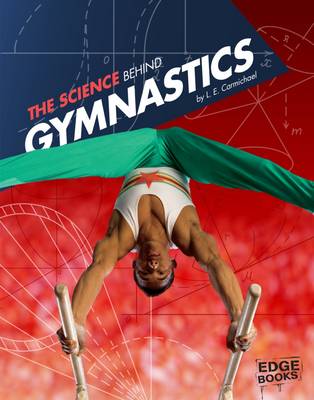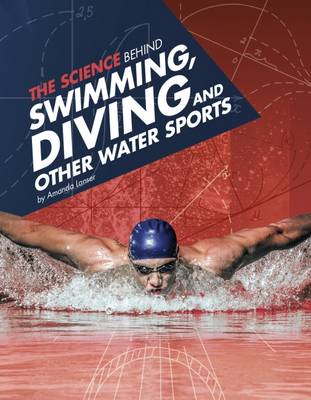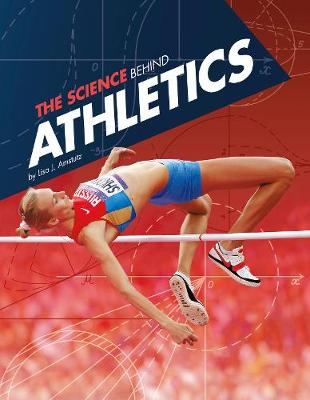Science of the Summer Olympics
5 total works
Science of the Summer Olympics
by Lisa J. Amstutz, L E Carmichael, Christine Peterson, and Stephanie Watson
Published 1 January 2016
Behind every jump, spin and flip of Olympic gymnastics, science is at work. Centrifugal force is at work in a midair spin and a strong centre of gravity is involved in balance beam routines. Newton’s Third Law of Motion springs into action as a gymnast flies into the air in the vaulting event. Find out how science is involved in all your favourite gymnastics events and how gymnasts take science into account as they chase the gold medal.
Science of the Summer Olympics Pack A of 4
by L E Carmichael and Lisa J. Amstutz
Published 11 February 2016
A captivated audience watches the dizzying spins of gymnasts, the powerful glides of top swimmers and the goal-scoring kicks of football players. The Summer Olympics have started! But there's more than speed and skill involved in the athletes' medal-worthy performances. Science plays a role in each well-rehearsed movement, in top speeds and even the protective gear used in the Olympics. Take young readers behind the scenes to have a close look at how science is involved in their favourite Summer Olympic sport, including gymnastics, swimming, track and field, and football.
The Science Behind Football, Volleyball, Cycling and Other Popular Sports
by Stephanie Watson
Published 11 February 2016
Behind every Summer Olympic scoring football kick, tennis-ball bounce and hard-hitting volleyball serve, science is at work. The type of kick used on a football affects its path. An equestrian leans forward during a jump to help the horse balance. Cyclists wear tight clothing to reduce drag. Find out how science is involved in several popular Summer Olympic events and how athletes take science into account in their quest for the gold medal.
Behind every long stride, high-flying pole vault and perfectly controlled discus throw, science is at work. As a high jumper takes off, potential energy is converted into kinetic energy. A discus thrower builds up momentum while spinning. Find out how science is involved in Olympic track and field events and how athletes take science into account in their quest for the gold medal.




